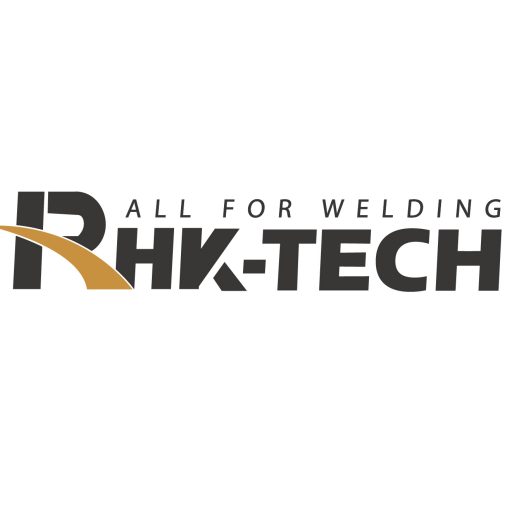Introduction
Welding is an essential technique used in various industries, from automotive manufacturing to home repair. Each material—be it plastic, metal, or aluminum—requires a specific type of welding gun to achieve the best results. In this guide, we will explore the optimal choices for welding guns tailored to these materials, ensuring you make informed decisions for your welding projects.
Welding Guns for Plastic
Understanding the Specifics
Plastic welding involves a process known as thermoplastics welding. Unlike metals, plastics have lower melting points and require welding guns that can deliver precise heat control to prevent material warpage or burning.
Choosing the Right Gun
For welding plastics, a hot air welding gun is typically used. These guns produce a jet of hot air that softens the plastic, allowing it to be fused together. When selecting a welding gun for plastic, look for features such as adjustable temperature controls and different nozzle sizes to accommodate various types of plastic materials.
Practical Tips
- Always clean the surfaces thoroughly before welding.
- Use a tack cloth to remove any dust or particles.
- Adjust the temperature according to the type of plastic (consult the manufacturer’s guidelines).
Welding Guns for Metal
Essential Features
Metal welding requires robust and versatile welding guns capable of handling high temperatures and providing consistent performance. MIG (Metal Inert Gas) and TIG (Tungsten Inert Gas) welding guns are popular choices for metal welding due to their efficiency and effectiveness.
Selecting the Right Welding Gun
When choosing a welding gun for metal, consider the thickness of the metal and the type of joint. For thicker metals, a MIG welding gun is preferable as it can handle higher heat and filler material. For finer, more precise work, a TIG welding gun might be the better choice.
Best Practices
- Ensure the welding gun and accessories are suitable for the type of metal.
- Regularly maintain and replace tips and nozzles to avoid poor weld quality.
- Practice on scrap pieces to adjust speed and heat settings before the actual welding.
Welding Guns for Aluminum
Challenges with Aluminum
Welding aluminum presents unique challenges due to its high thermal conductivity and low melting point. This requires a welding gun that can operate at lower temperatures while still providing adequate heat to the weld pool.
Choosing the Ideal Gun
For aluminum, a specialized welding gun for aluminum is recommended. These guns often feature AC (Alternating Current) settings and use argon or helium gases to create a stable arc and prevent oxidation during the welding process.
Effective Techniques
- Use a push technique to direct the heat away from the weld puddle.
- Clean the aluminum thoroughly to remove any oxide layer.
- Choose a gun with a high duty cycle to handle the demands of aluminum welding.
Conclusion
Choosing the right welding gun for the material you are working with is crucial for achieving professional and durable results. Whether you are working with plastic, metal, or aluminum, understanding the properties of each material and the capabilities of different welding guns will guide you to the perfect tool for your needs.
Final Thoughts
Investing in the right welding gun enhances not only the quality of your work but also your productivity and safety. By selecting a gun that is tailored to the material you are working with, you ensure that each welding job is performed efficiently and to the highest standard.
Remember, each material has its unique requirements, and matching those requirements with the appropriate welding gun is key to successful welding projects.
























发表评论